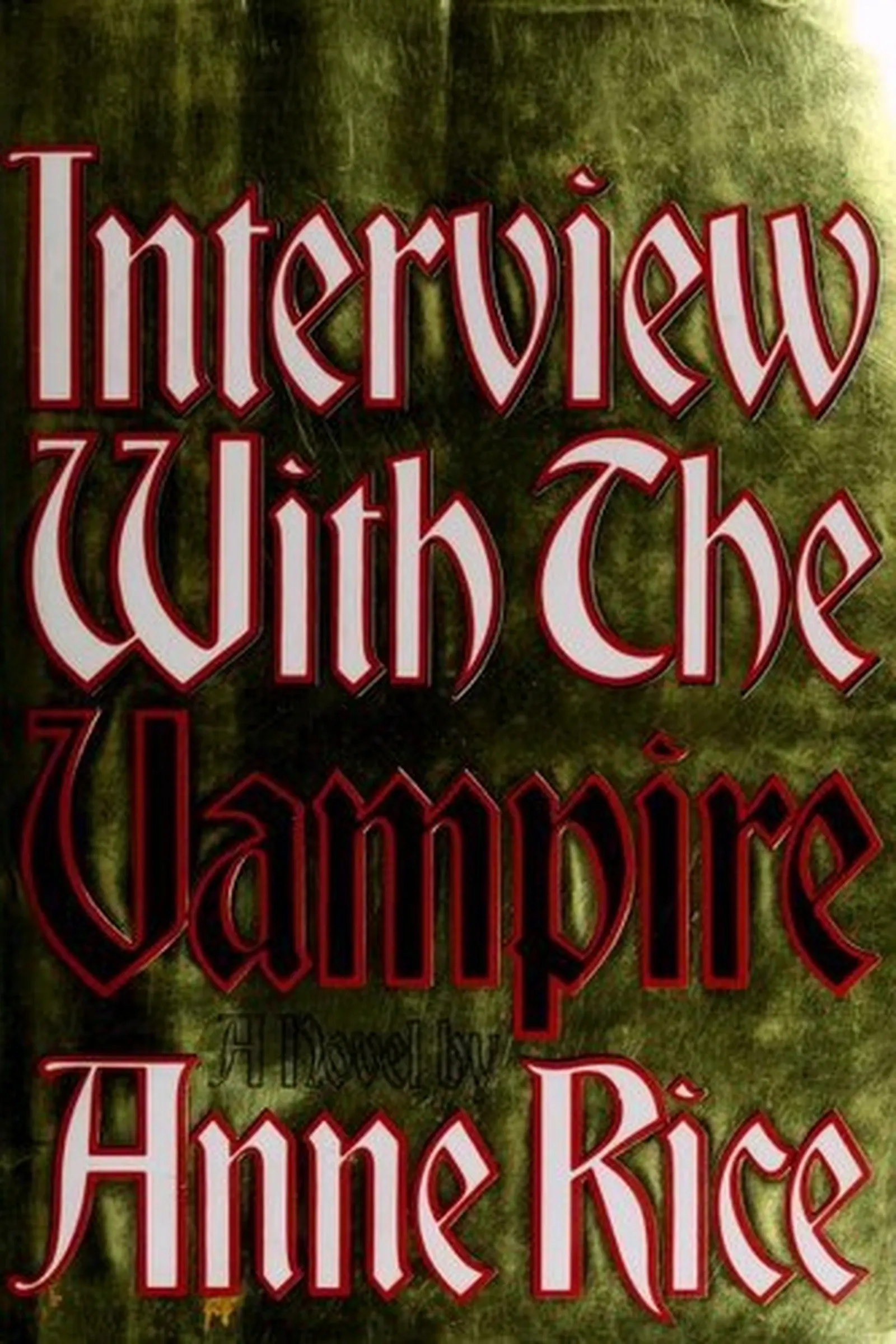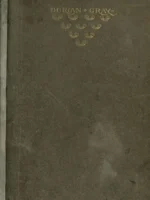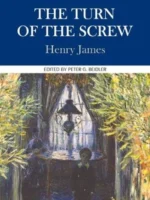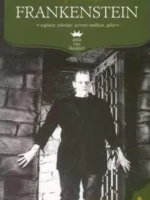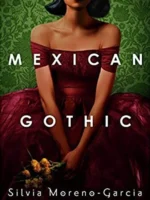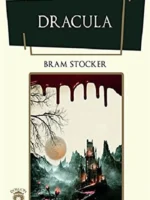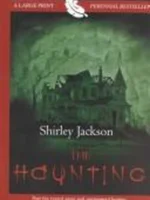Interview with the Vampire, Anne Rice, 1976
- Author: Anne Rice
- Genre: Horror/Gothic
- Publisher: Alfred A. Knopf
- Publication Year: 1976
- Pages: 342
- Format: Paperback
- Language: English
- ISBN: 978-0345337665
- Rating: 4,2 ★★★★☆
Interview with the Vampire Review
About
First published in 1976, Anne Rice’s debut reshaped the vampire from a lurking monster into a confessor with a conscience. Set largely in New Orleans, it marries Gothic atmosphere with a very modern moral restlessness—hunger, grief, and the ache of meaning stretched across centuries. The novel launched The Vampire Chronicles and, more importantly, a new tone for the genre: lush, intimate, and unafraid to let monsters speak for themselves. It’s a book that feels like a midnight conversation you weren’t meant to hear.
Overview
Framed as a taped interview in a shabby San Francisco room, the story follows Louis de Pointe du Lac as he recounts his “life” to a young reporter. We move from an 18th-century Louisiana plantation through feverish New Orleans streets to the salons and catacombs of Europe. Louis’s maker, Lestat, is charismatic, needy, and manipulative; their bond is half partnership, half captivity. When a child, Claudia, enters the story, companionship becomes a lifelong paradox: minds that grow, bodies that don’t, love that can’t settle. Rice keeps the plot intimate and the questions large—what does mercy look like when your survival requires harm?
Summary
(light spoilers) Louis, sunken in grief and guilt, meets Lestat, who offers a dark cure for despair and remakes him as a vampire. Louis clings to conscience, feeding as gently as he can, while Lestat mocks restraint and insists on practicalities—money, secrecy, the theater of normal life. To hold Louis close, Lestat turns a dying child, Claudia, whose fierce intelligence quickly outgrows her small body. Years pass; affection curdles into resentment. An attempted break from Lestat forces Louis and Claudia toward Europe in search of “their kind,” where they encounter a sophisticated Parisian coven that treats feeding as performance. The meeting is seductive and dangerous; old laws and jealousies surface, and a brutal reckoning follows. Louis answers loss with fire and flight, then returns to the interview’s present, changed but not comforted. The reporter hears the confession as an invitation; Louis means it as a warning. The last pages leave the door ajar for another voice to step in.
Key Themes / Main Ideas
• Confession and identity — telling the story to learn who you are.
• Hunger vs. ethics — survival at odds with compassion, night after night.
• Power and dependence — maker and fledgling as a tangled family.
• Time as solvent — immortality stretching love, guilt, and boredom to the breaking point.
• Performance — masks, theaters, and the roles monsters and humans play.
Strengths and Weaknesses
• Strengths — Sumptuous prose, thick New Orleans atmosphere, and a genuinely philosophical core; the frame narrative adds urgency and texture.
• Strengths — Claudia is unforgettable: brilliant, furious, and heartbreaking; Louis’s moral voice makes the violence legible, not glamorous.
• Weaknesses — Pacing can drift during reflective passages; Lestat’s motives sometimes read as opaque until later books fill them in.
• Weaknesses — The melodrama that gives the novel its heat can, for some readers, feel operatic rather than grounded.
Reviewed with focus on themes, audience, and takeaways — Anne Rice
| pa_author | Anne Rice |
|---|---|
| ISBN | 978-9-642-77897-4 |
| pa_year | 1974 |
| Pages | 636 |
| Language | English |

